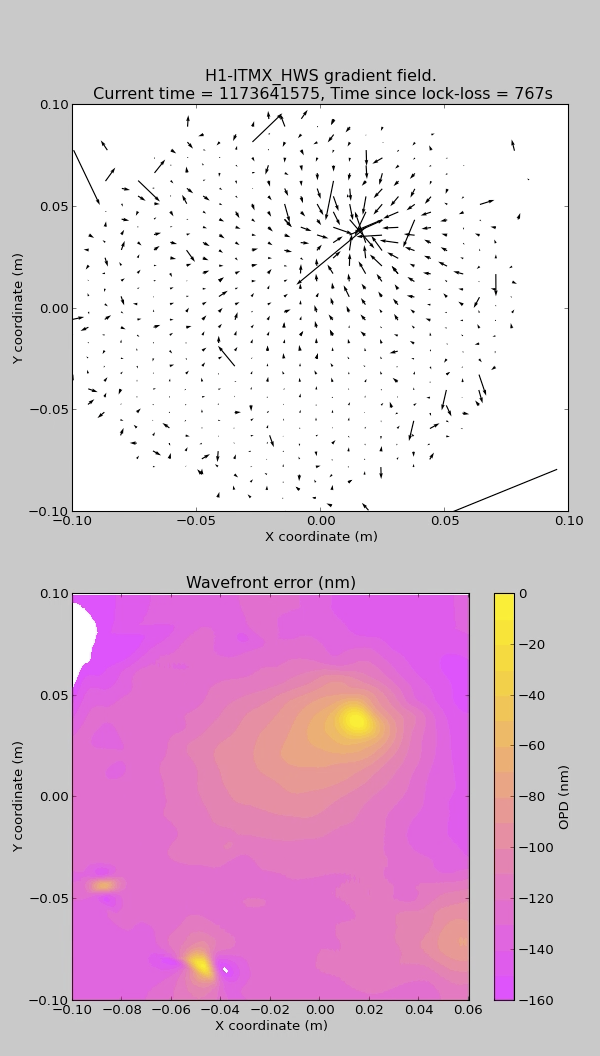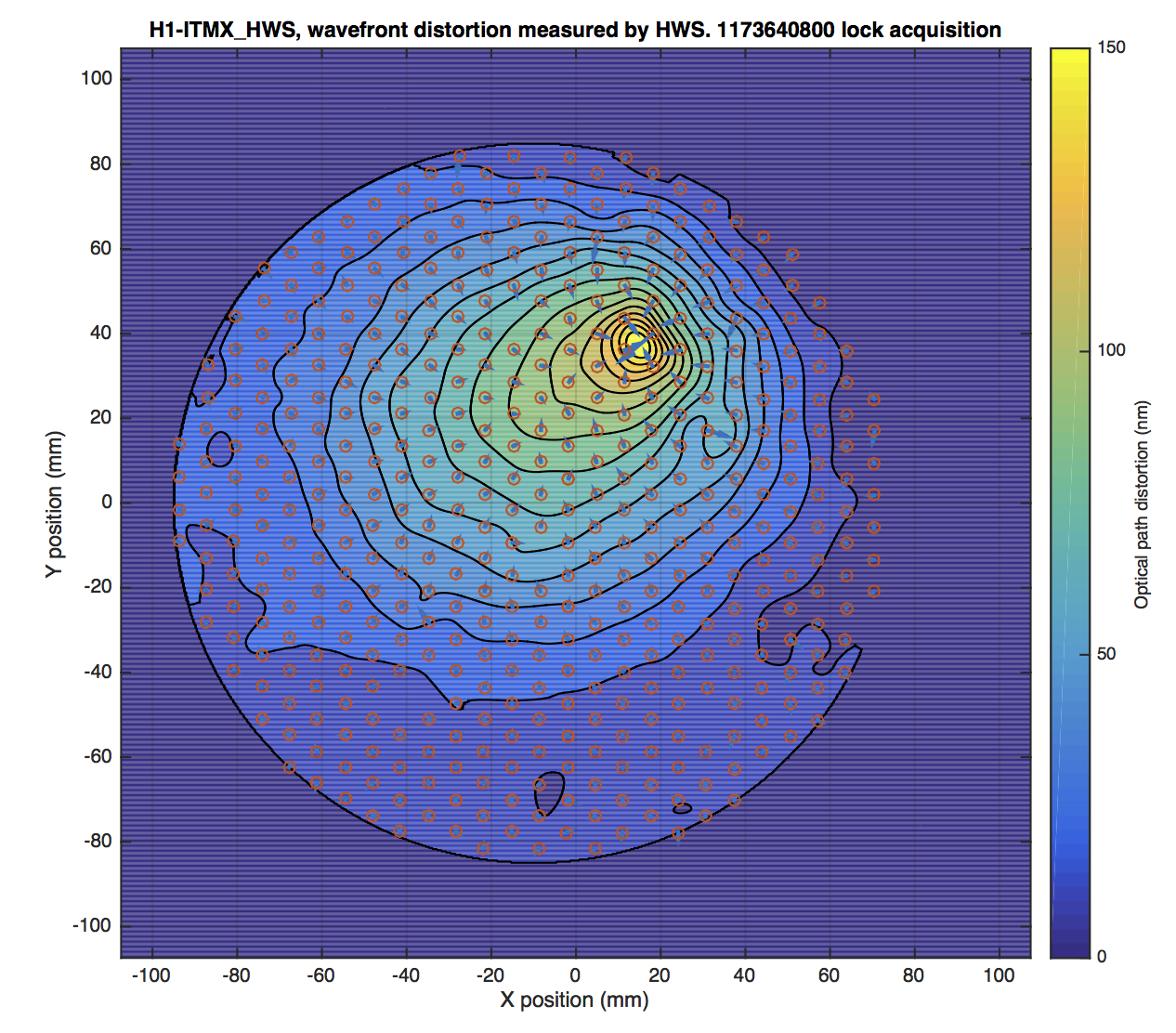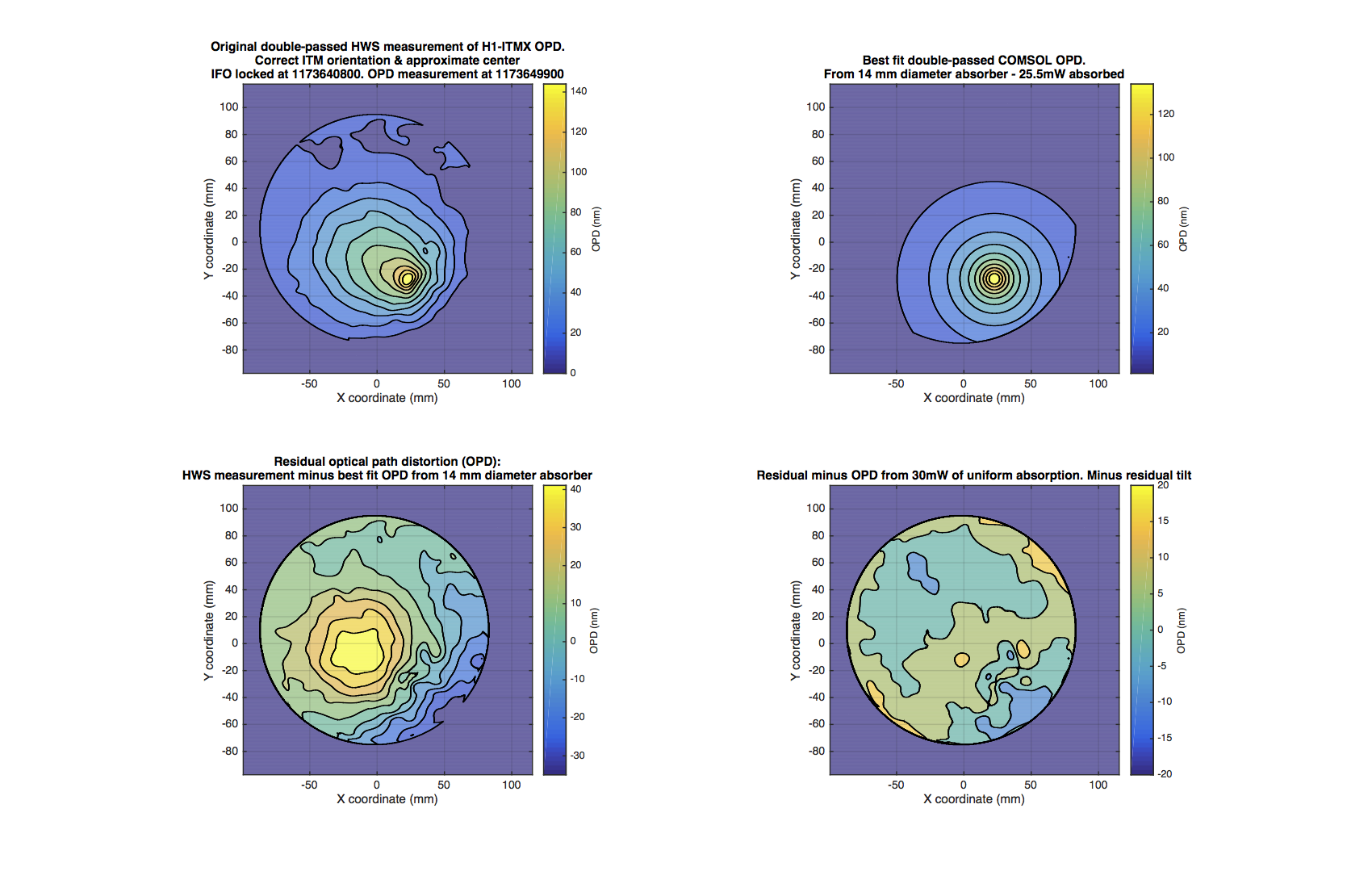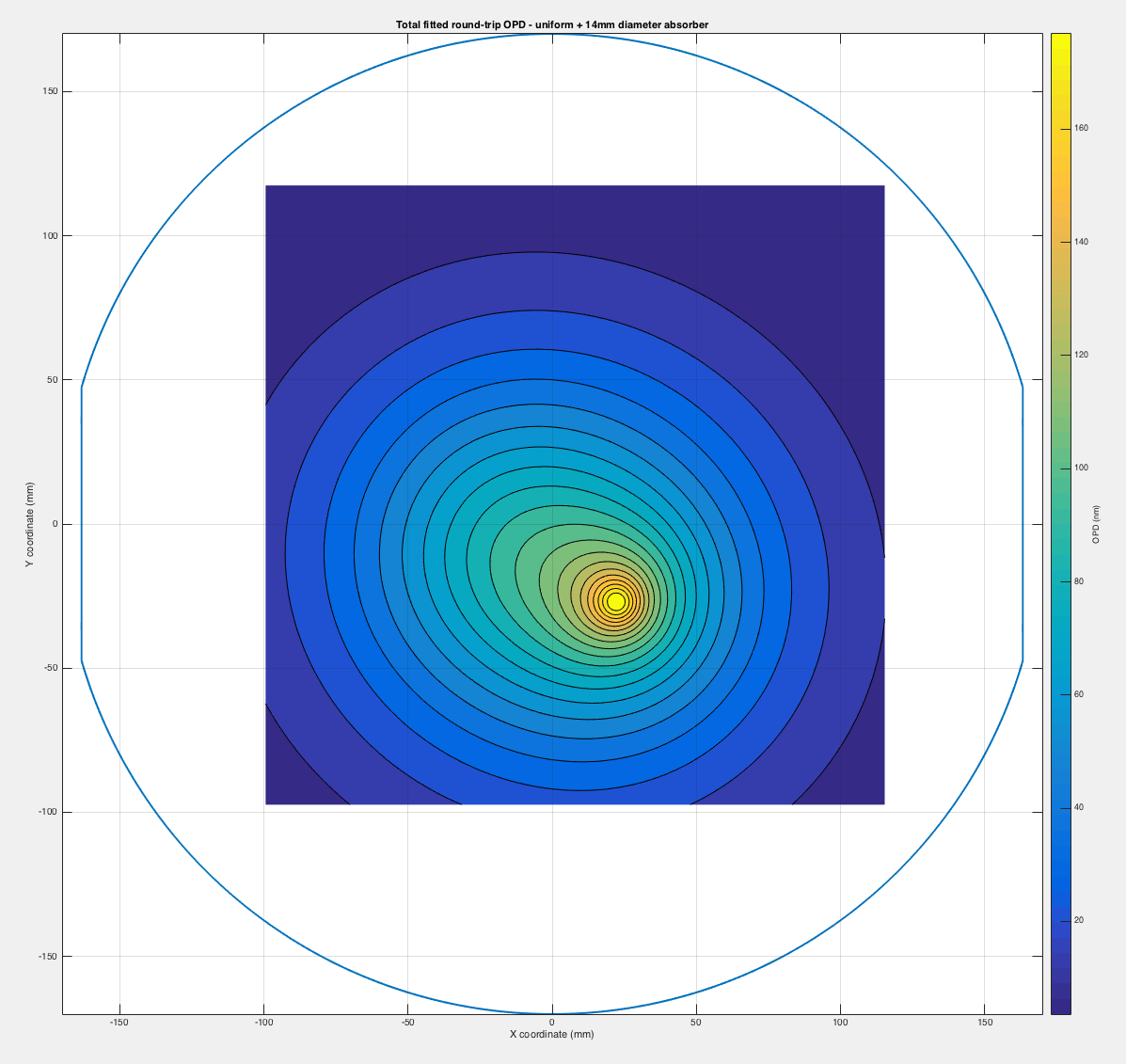The short version: Wind (finally, at 50 mph) gave us trouble locking today. I tried some stuff that may have helped, but I need commissioning time (and wind!) to see if it will do any good, but ALS REFL CTRL seems a good IFO witness. Everything is switched back after winds died down.
Travis started have troubles locking when we were having sustained winds around 40 mph and gusts over 50, so I came out to see if some of the stuff we've tried in the past would help. I can't really say for sure if what I've done has helped because winds have now died down, but I wanted to log some ideas. As I found in alog 30547, it would probably be beneficial to push the St1 RX/RY blends down to reduce the amount that the BSCs tilt above .1 hz, so I switched the ST1 RX/RY blends from the normal Quite_250 to the Quite_90 blends. I have also worked on commissioning St2 RX/RY loops (which we don't normally use) that improve the St2 motion at 1-10hz so I tried turning those on. We also use some sensor correction from St1 to St2 around .5hz, which doesn't hurt us when winds are below 30mph, but could couple St1 tilt to St2 motion with high winds, so I tried turning this off. The first 2 attached plots show the EY ISI St2 seismometers and the ground seismometer (which is a better indicator ground tilt than Y motion at these wind speeds).
The first plot shows the St2 RX/RY GS13s and you can see the the table is moving less between .1-20hz (blue is the "high wind" state, red is nominal), while the wind had dropped off a little (cyan to pink).
The second plot shows that this improvement in RX didn't make a drastic difference in Y (green is the "high wind" state, brown is nominal), but we gave up a bit of isolation around .5 hz by turning off the St1-St2 sensor correction.
The third plot shows the difference in the ST2 CPS. Below the blend (250mhz) the CPS are a good witness of how much tilt is being injected into the table motion, so at 40 mph it would probably be a good idea to turn this off, if we can lock with more .5hz motion.
On Monday or Tuesday, I'll try to get a configuration (lower ST1 RX/RY blends, ST1-2 sc off, maybe a hack to get ST2 RX/RY iso loops on) in the SEI_CONF guardian.
I have added a state (and tested the transition while at DC READOUT) to the SEI_CONF called MORE_WINDY that turns off the ST1-2 sensor correction. Operators should try this state (MORE_WINDY) with high winds (40+) and low microseism.
















